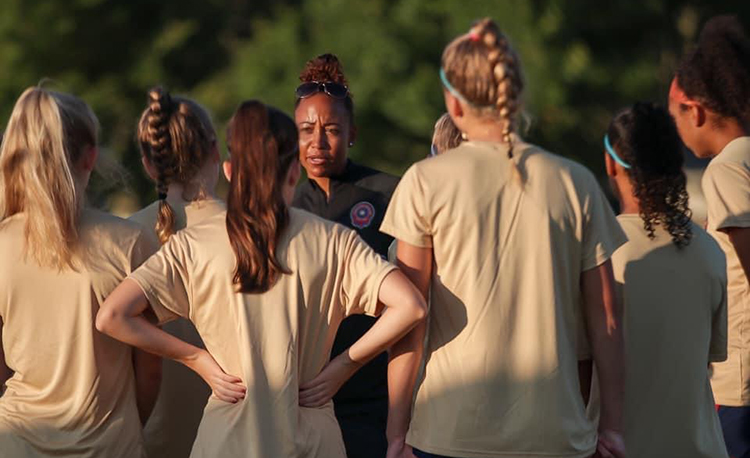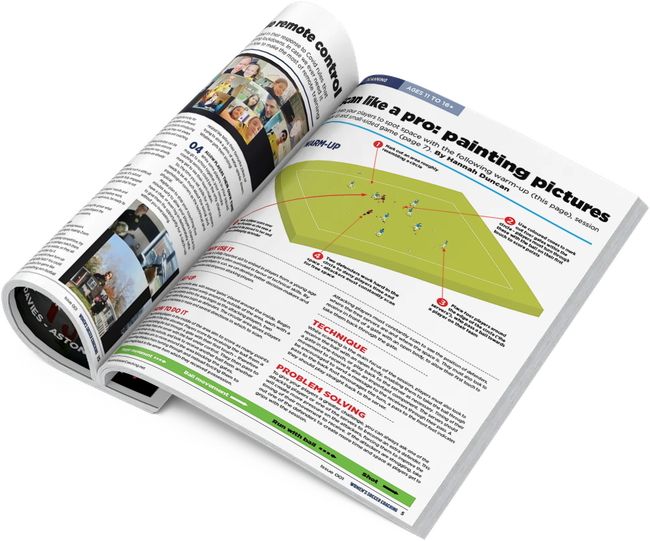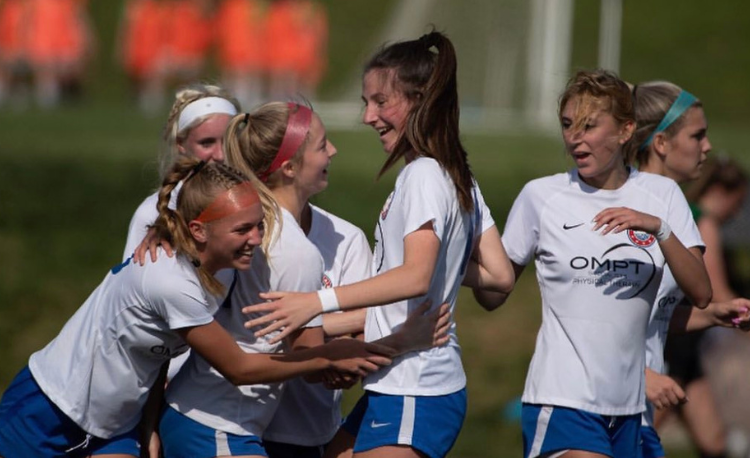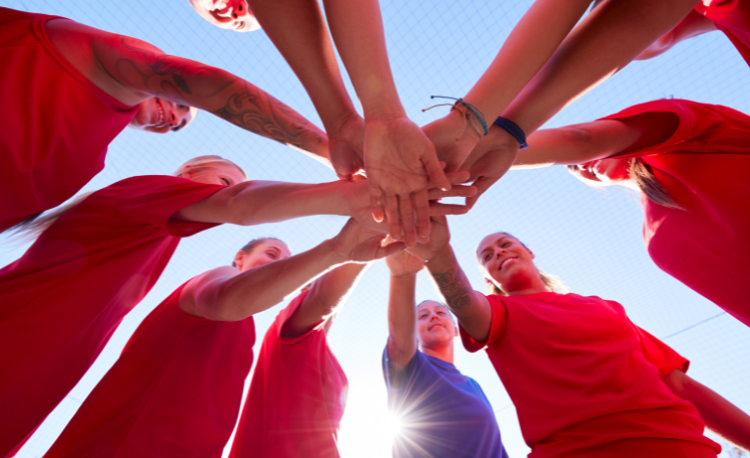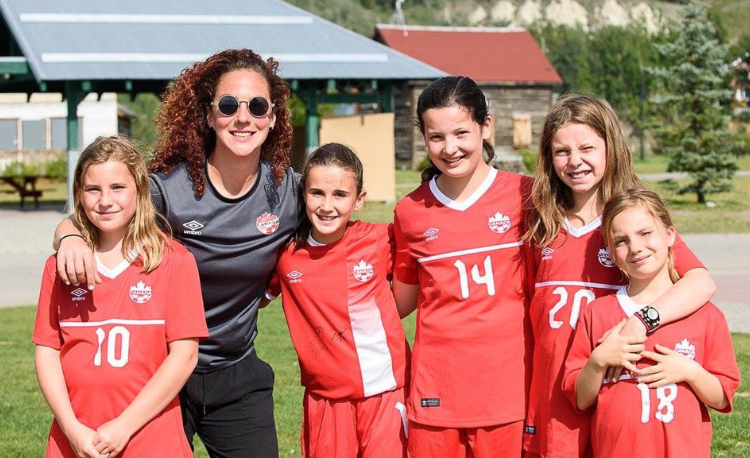You are viewing
1 of your 3 free articles
Changing the game to beat racial biases
Yolanda Thomas on the training, technology and culture shifts that can help break down potential barriers denying young people of color access to the game
Football, at its core, is a force that brings people of all backgrounds together.
The world of sports is often seen as ’the great equalizer’, where people of various ethnicities can meet, their differences are sidelined and the ability to perform is center stage.
While I personally have experienced the euphoria of escaping biases through performing at a high level during my playing career, it would be remiss if I equated that euphoria with equity.
The existence of racism at the highest levels of football is prevalent. Black and brown players are navigating these complexities daily.
Whether it is overt examples of racism - such as fans of the opposing team yelling racial slurs or throwing items - or micro aggressions, such as coaches, managers, or media personnel only seeing you as a powerful athlete whose intellectual attributes are not an asset to the team, it all affects how people of color experience our beloved game.
"Overt racism or micro aggressions all affect how people of color experience the game..."
The recent Sally Yates report, which shed light on the abuse of women in the National Women’s Soccer League (NWSL), also revealed “a hostile work environment filled with racist and sexist comments".
And one thing needs immediate attention; how racism, and both conscious and subconscious biases, affect - or, better yet, infect - the process of talent identification.
In the 21st century, we have artificial intelligence analyzing every aspect of a player’s action in real time with experts who help bring a holistic view of a player.
Psychologists teach players how to champion their thought life, and nutritionist and sports performance experts manage every aspect of training loads, recovery, meals, injury prevention.
As football embraces the use of a scientific method to maximize performance, we must also embrace the use of science which has identified biases in human behavior; biases that potentially affect player selections and development at the elite levels and access to the game at the grassroots levels.
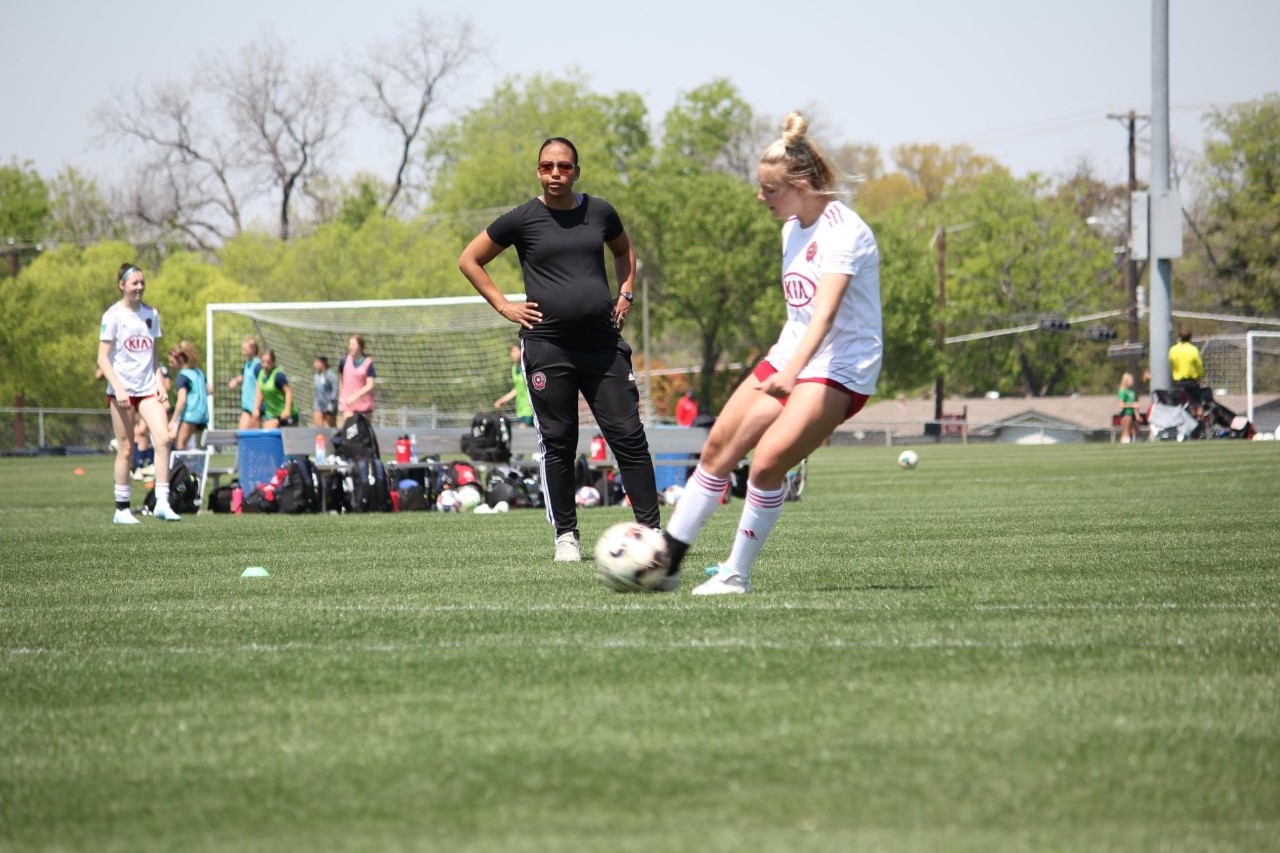
In the summer of 2021, researchers presented the result of a study on bias. For the first time, a control group was tested that was unaware of the race or gender of players involved in three selected matches (Pace and Power: Removing Unconscious Bias from Soccer Broadcasts; Gregory et. al., 2021).
Gregory and his team of researchers used broadcasting technology from Sportlogiq that reproduces skeletons in a two-dimensional render of video recordings of the matches.
With this technology, they were able to show a video clip to two different groups in the study. One group was shown the actual video, where the race and gender of the players were identifiable. The other group was shown the same video, but displayed as an anonymized animation, with both race and gender unidentifiable. The results were astonishing.
One of the clips was of Poland playing Senegal in the 2018 men’s World Cup. Of those who saw the actual video and were therefore able to detect race, 72% described Senegal - whose players were all black - as “more athletic or quick.” Of those who watched the anonymized animation, 62% picked Poland, whose players were all white, as the more athletic team.
The same study examined views on gender by showing clips from the NWSL, the US women’s top flight, and England’s League Two, the fourth tier of men’s soccer.
Of the people who watched the regular broadcast, 57% said the men’s game was of a “higher quality.” But, when gender was undetectable, 59% of viewers preferred the women’s game.
"Countless youth and senior players have shared with me how a coach labelled them..."
In talent identification, we talk about the impact of early identification and how it can positively or negatively affect a player’s self-perception.
In my journey as a coach, I have come across countless youth and senior players who have shared with me versions of how a coach labelled them.
Young black players have been told their only contribution to the game is their athleticism, their power, and strength.
Brown girls have been told their Hispanic heritage does not afford them the athleticism needed to compete at the highest level.
Girls and women of all ethnicities have been told by male coaches that their individualistic expressions on the field are selfish and that how they hold their teammates accountable is too harsh - attributes that are often praised in male players.
Like early identification, can labelling rooted in racial and ethnic biases affect a player’s self-perception - and, consequentially, their development?
Major clubs and federations invest heavily in people and methodologies to improve their talent identification processes and educate their scouts and talent ID managers.
Should scout education involve bias training and cross-cultural communication? Can we trust our talent ID process to see past the racial and ethnic differences between the observer and the player? Decades of research suggests we cannot.
My hope is we evolve and address the inequities of talent observation in this sport, so that the next generation of black and brown players are seen for what they bring to the field - and not by the color of their skin.
Related Files
Newsletter Sign Up
Newsletter Sign Up
Discover the simple way to become a more effective, more successful soccer coach
In a recent survey 89% of subscribers said Women's Soccer Coaching makes them more confident, 91% said Women's Soccer Coaching makes them a more effective coach and 93% said Women's Soccer Coaching makes them more inspired.
*includes 3 coaching manuals
Get Inspired
All the latest techniques and approaches
Women's Soccer Coaching offers proven and easy to use soccer drills, coaching sessions, practice plans, small-sided games, warm-ups, training tips and advice.
We've been at the cutting edge of soccer coaching since we launched Soccer Coach Weekly in 2007, creating resources for the grassroots youth coach, following best practice from around the world and insights from the professional game.
